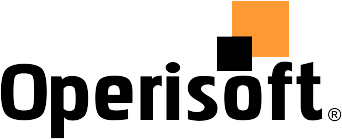Case Study – Media
About the customer
Media Customer, one of India’s fastest-growing media houses, operated multiple high-traffic WordPress websites hosted on Microsoft Azure. These sites shared a single MySQL database and ran on Linux-based virtual machines using Apache, Nginx, PHP, and Varnish Cache.
However, the infrastructure lacked centralized monitoring, and secure credential management. The absence of automation and fragmented operational practices led to performance bottlenecks, increased downtime risk, and limited visibility into system health.
Solution Diagram
- Amazon CloudFront – Global CDN to cache and deliver static assets closer to users, reducing latency.
- Elastic Load Balancer (ALB) – Distributes incoming traffic evenly across instances for performance stability.
- AWS WAF (Web Application Firewall) – Protects applications from common web exploits (SQLi, XSS, etc.).
- AWS Identity and Access Management (IAM) – Manages granular access control using least privilege principle.
- AWS CloudTrail – Tracks all user and API activity for auditing and compliance.
- Amazon RDS Automated Backups – Enables automatic daily backups for databases.
- AWS Backup – Centralized backup management across AWS resources.
- Amazon CloudWatch – Monitors system metrics, sets alarms, and provides dashboards for visibility.


